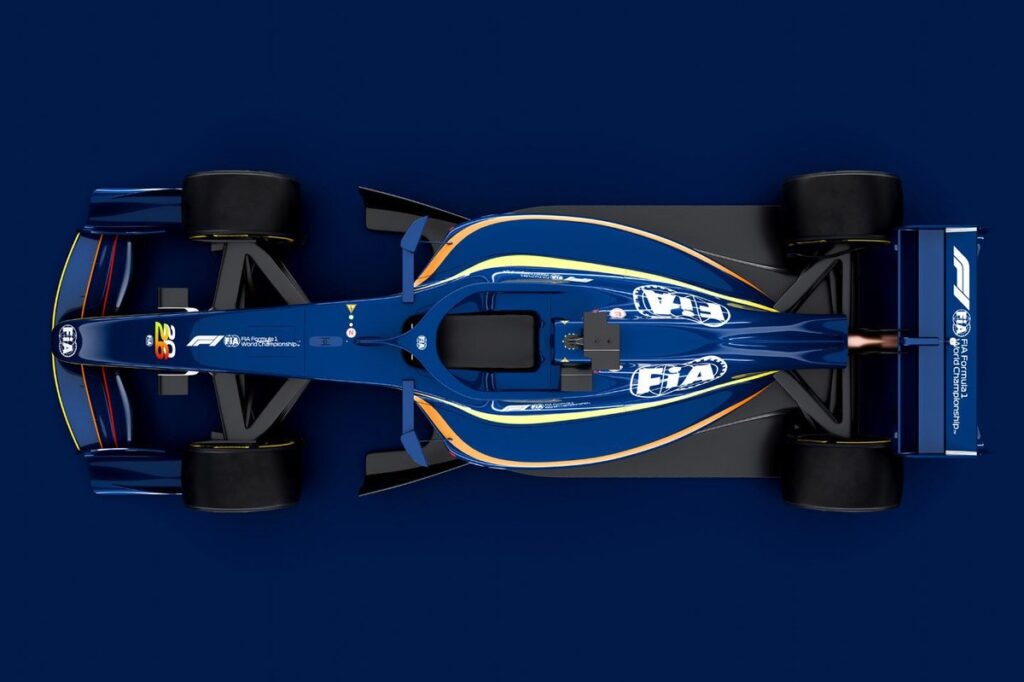Formula 1’s 2026 Regulations: A Divisive Path Forward?
Last week, the FIA unveiled the first draft of its new regulations, slated to take effect at the start of the 2026 Formula 1 season. The upcoming changes are poised to revolutionize the sport, with key alterations including smaller and more agile cars, a reduced minimum weight limit, and advanced front and rear wing designs featuring multiple modes to adjust downforce.
Increased Reliance on Battery Power
One of the most significant updates is the increased reliance on battery power for deployment, accompanied by the introduction of MOM – a manual override mode that allows drivers to tap into extra power at higher speeds. But the question on everyone’s mind is: are these changes the right direction for Formula 1?
Debating the Implications
In the latest Autosport Podcast, Jake Boxall-Legge joins Bryn Lucas to delve into the potential implications of the regulation changes on the racing product. They explore concerns surrounding the possibility of “trains” forming, powered by manual overrides rather than the soon-to-be-phased-out Drag Reduction System (DRS).
“The question on everyone’s mind is: are these changes the right direction for Formula 1?”
The duo also examines why some teams and drivers, including Sergio Perez and Lando Norris, are resistant to the regulatory changes. These critics argue that the cyclical nature of changes every four to five years ultimately harms the series’ competitiveness.
Weighing the Feasibility of Changes
Furthermore, Jake weighs in on the feasibility of stripping 30 kilograms from the cars, considering the power units are set to become even heavier in 2026. He also ponders whether the push for sustainable fuels could eventually pave the way for a return to the popular V10 engines of the 2000s.
🔗 Source
